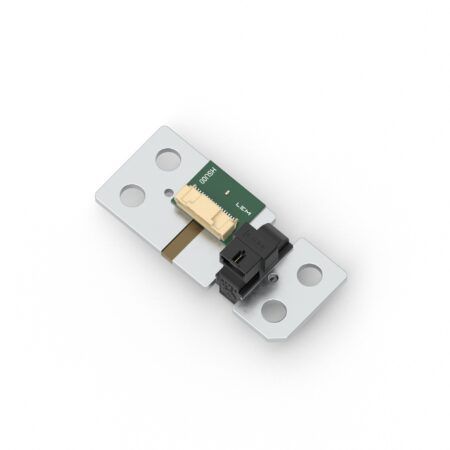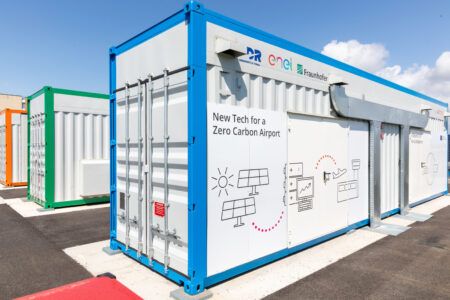Developing a new electric vehicle is a race against time – and time is not a luxury any automotive company has right now. Factors such as impending legislation banning the sales of ICE, fear of being left behind by rivals and customers demanding tomorrow’s technology today, is creating a huge need to bring product to market as swiftly as possible.
And, depending on the size of your business, that pressure takes on many different forms. Large, established manufacturers may have enormous resources at their disposal but they still face the challenge of playing catch up with the zeitgeist. For smaller manufacturers, such as start-ups and niche vehicle makers – everyone from sports car companies to relatively low-volume commercial EV makers of taxis and vans – there is a need to leapfrog as much traditional development as possible.
For the latter, knowledge is power. With the battery being by far the most expensive component of an EV, and where the biggest gains can be made, it is critical to understand how it performs and how it can be optimized during development.
Until now, that has been surprisingly difficult, particularly for smaller manufacturers. Put simply, they haven’t been able to get hold of sophisticated enough data from their batteries – and any predictive modeling (how the battery might perform in the future) has been based on limited lab testing, not the real world.
Silver Power Systems’ solution changes all that. Thanks to a device installed in the vehicle and continuous connectivity to the cloud, an engineer can access real-world data at any time of the day or night, on any computer or phone. This is then combined with SPS’s own machine-learning analytics, which not only analyses and interprets what is an unprecedented view of battery performance (presenting the data in an easy to understand manner), but also creates the world’s most advanced digital twin – essentially a virtual model of the battery – enabling prediction of battery future life.
For smaller EV companies, all of this is a godsend. Unparalleled monitoring gives a total picture of battery activity, identifying differences between batteries (whether performance or charging capability) and – in the long term – building up a complete picture of battery health over the life of the vehicle: a battery ledger. The latter is invaluable in setting a realistic battery warranty for instance.
But, crucially, it means engineers start off on the right foot. For instance, an EV company can receive two entirely new batteries from a supplier which they may believe are exactly the same. But not all batteries are born equal. In fact, from day one, a battery’s cells can be out of balance, leading to up to a 20 percent difference in performance.
With so many new manufacturers coming to market, many of whom have little experience of developing an EV, it is like starting development with one hand tied behind your back. Silver Power Systems’ tech can identify this phenomenon and fix it from the very beginning.
Once the vehicle is on the road, the benefits of real-time cloud-based monitoring are enormous and vital to accelerating development. For example, all data can be captured (not just the battery) allowing engineers to identify why a particular vehicle might be suffering from de-rating behavior (where not all the motor/battery performance is available) as well as total efficiency across the entire powertrain, showing where any losses are occurring. EV range can be determined and optimized, while all battery data can be captured during charging too, showing cumulative temperature effects and cell balancing performance.
With everything being monitored and saved, it is then easy to retrospectively look at data historically, reducing the need for more testing, cutting costs.
One major area of headaches for EV engineers are hotspots in individual cells, caused by insufficient cooling. With a full picture of the data coming from the battery, SPS’s technology can see where the problem areas are and optimize the battery structure by design, improving range, performance and charging capability.
With so much more data available to an engineering team, an EV maker can actually do less physical testing – cutting costs and, ultimately, saving even more of that most valuable of commodities: time.





